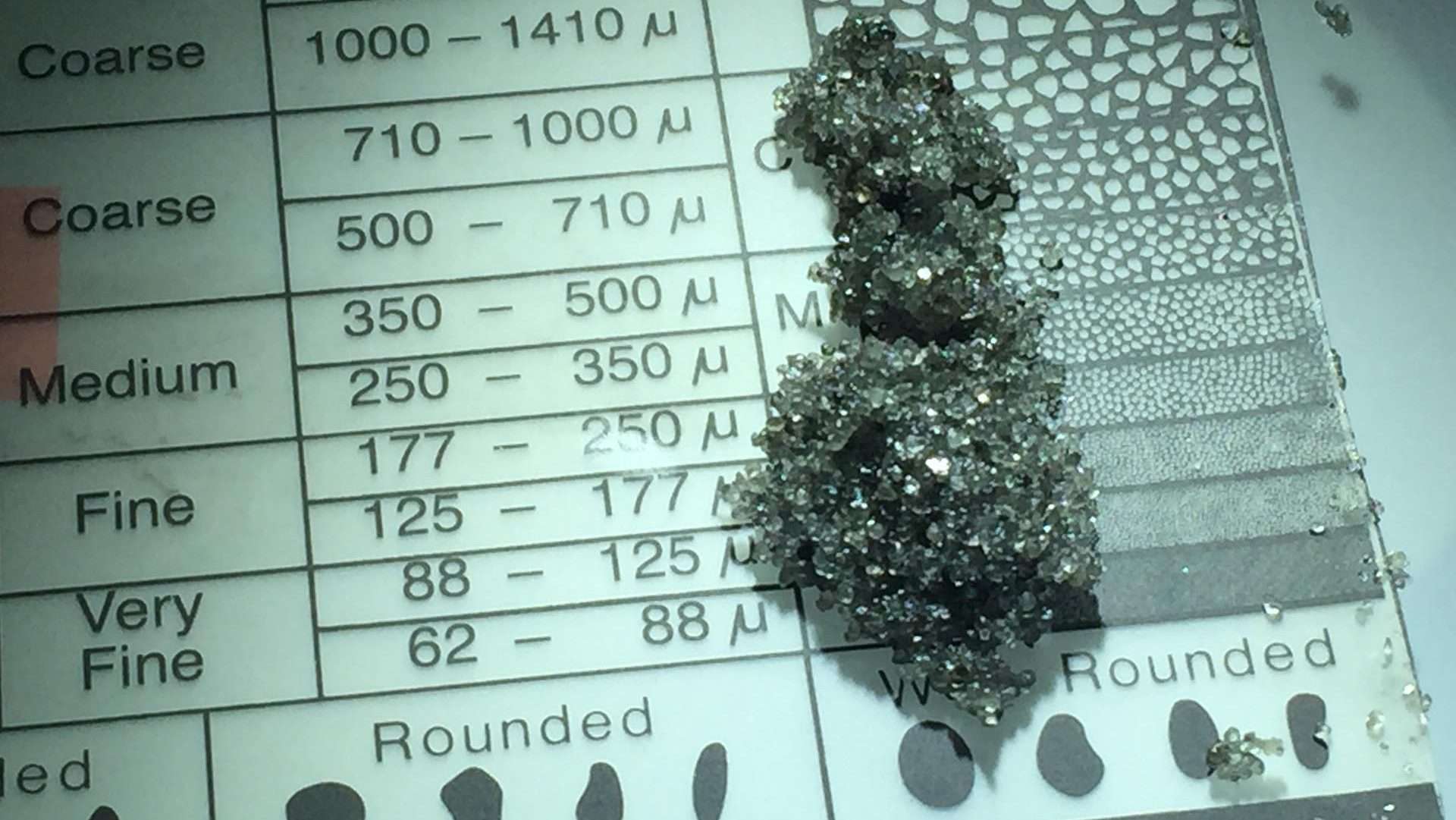Abstract
Accurate orientation of fractures is crucial to enhanced productivity in low-permeability fractured reservoirs. This study presents results of a rare instance in which three widely fractured reservoirs. This study presents results of a rare instance in which three widely different fracture-orientation techniques could be directly compared for orientation different fracture-orientation techniques could be directly compared for orientation accuracy. In a fracture-orientation study of Pardonet/Baldonnel (Upper Triassic) accuracy. In a fracture-orientation study of Pardonet/Baldonnel (Upper Triassic) discrepancy was observed in two consecutive core runs oriented by "electronic multishot" discrepancy was observed in two consecutive core runs oriented by "electronic multishot" (an electronic version of the conventional "multishot" core-orientation technique) versus (an electronic version of the conventional "multishot" core-orientation technique) versus Schlumberger’s Fullbore Formation Microlmager (FMI). To resolve this discrepancy, the Schlumberger’s Fullbore Formation Microlmager (FMI). To resolve this discrepancy, the paleomagnetic core-orientation technique was employed as a third fracture-orientation paleomagnetic core-orientation technique was employed as a third fracture-orientation method.



